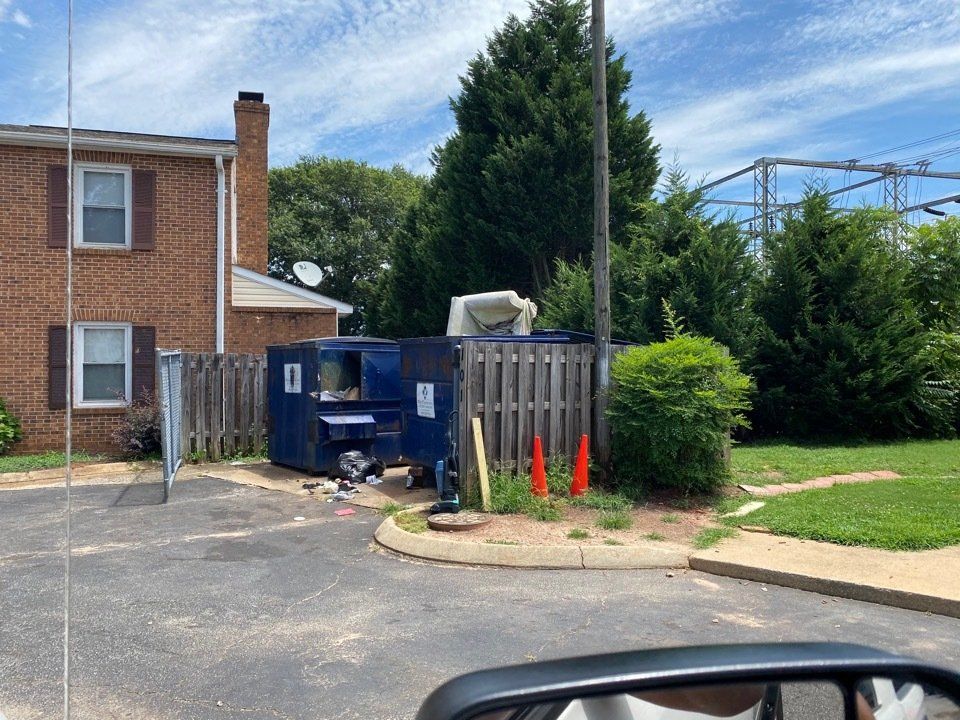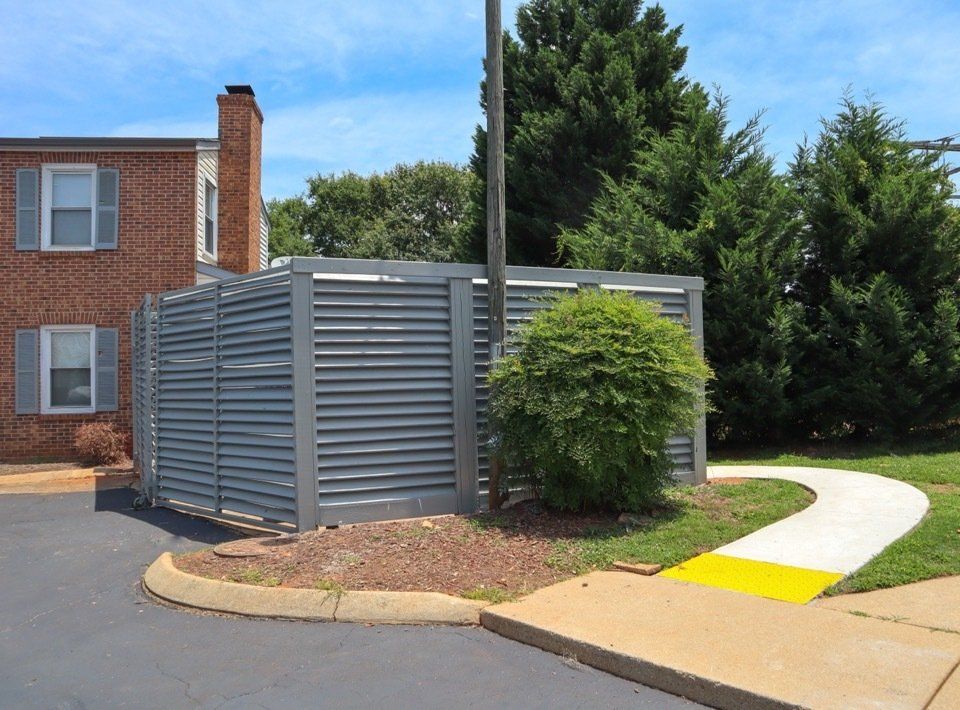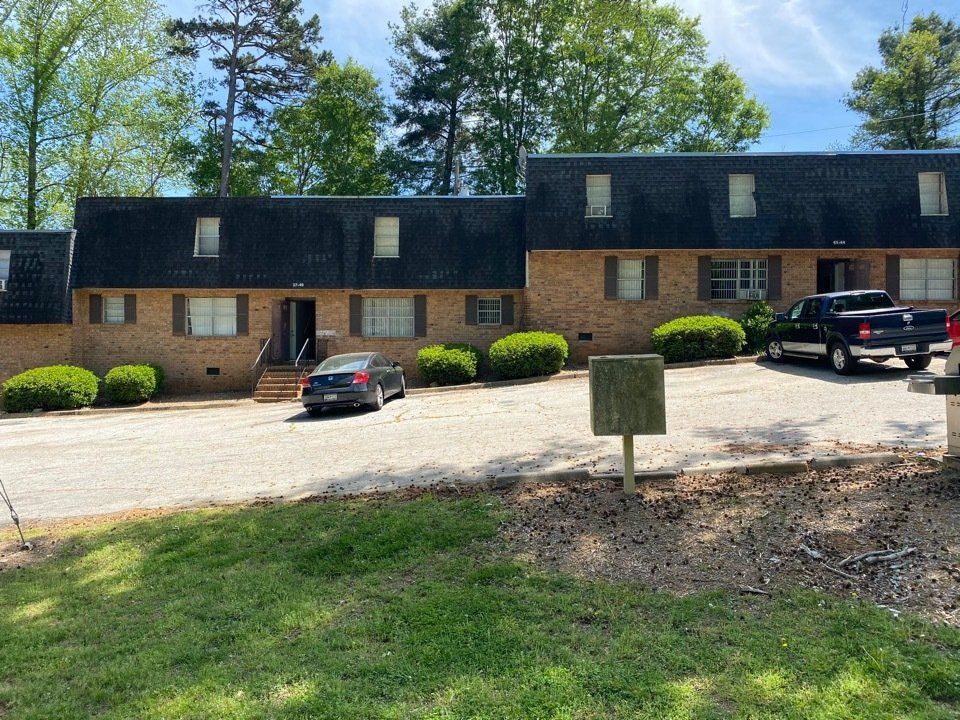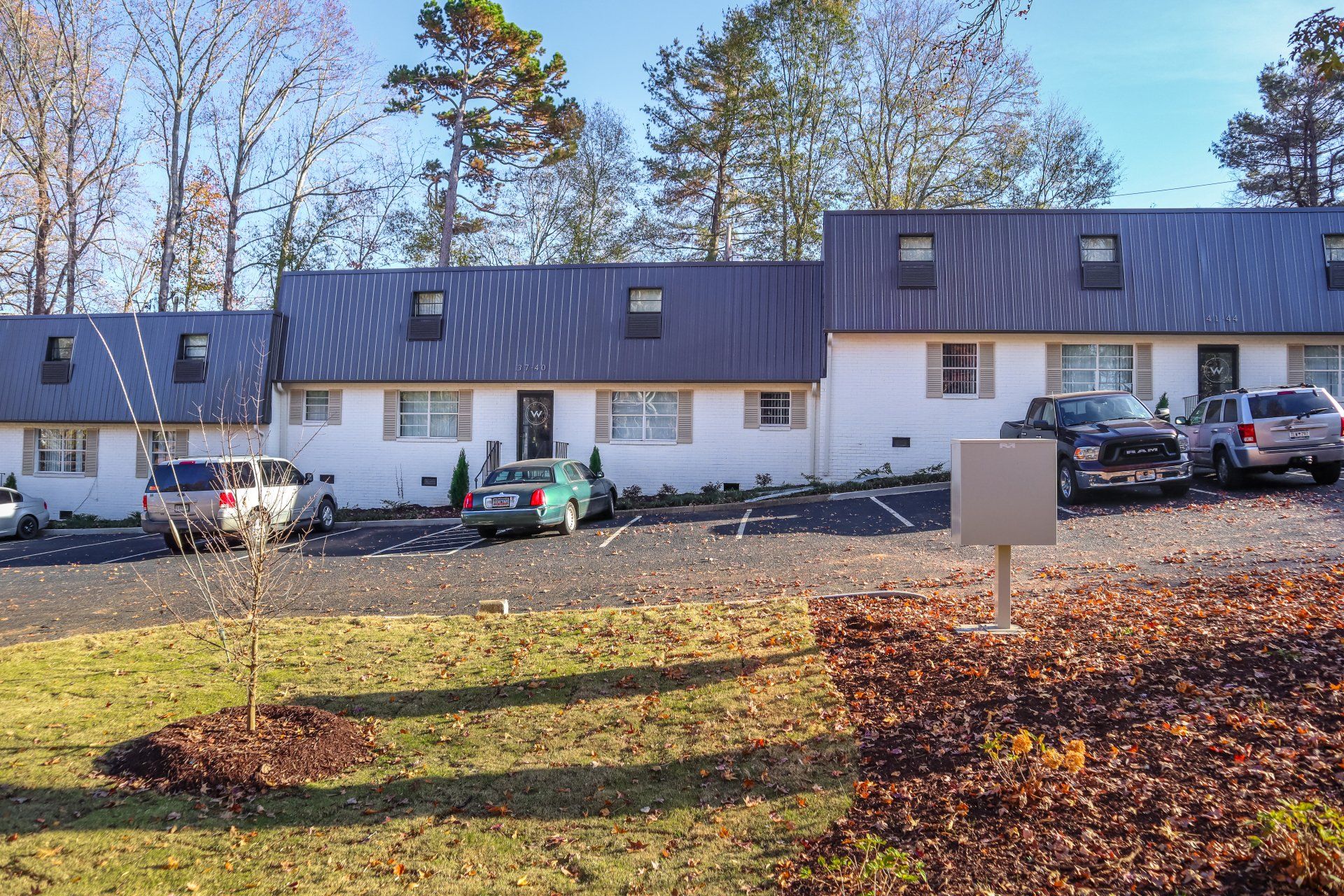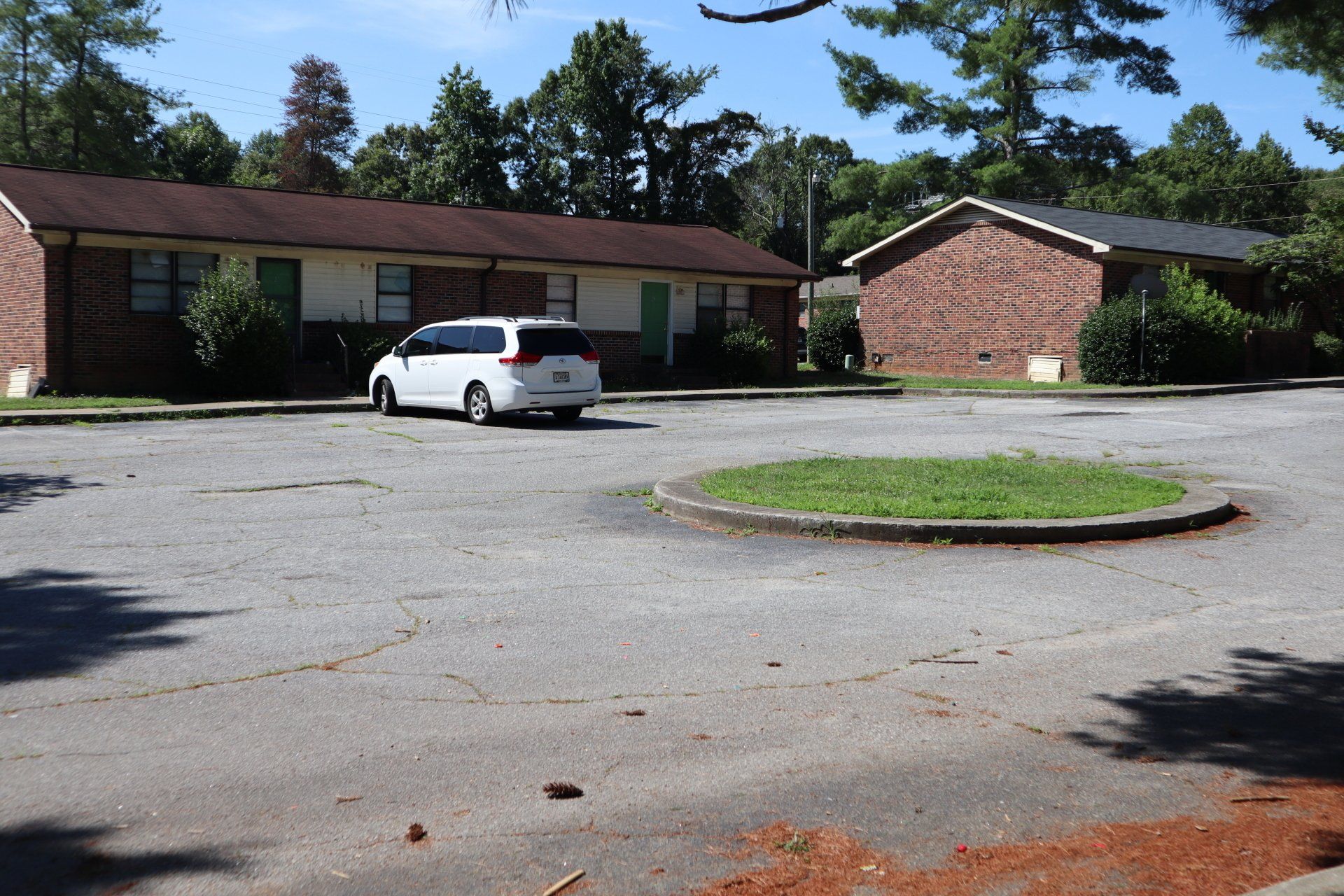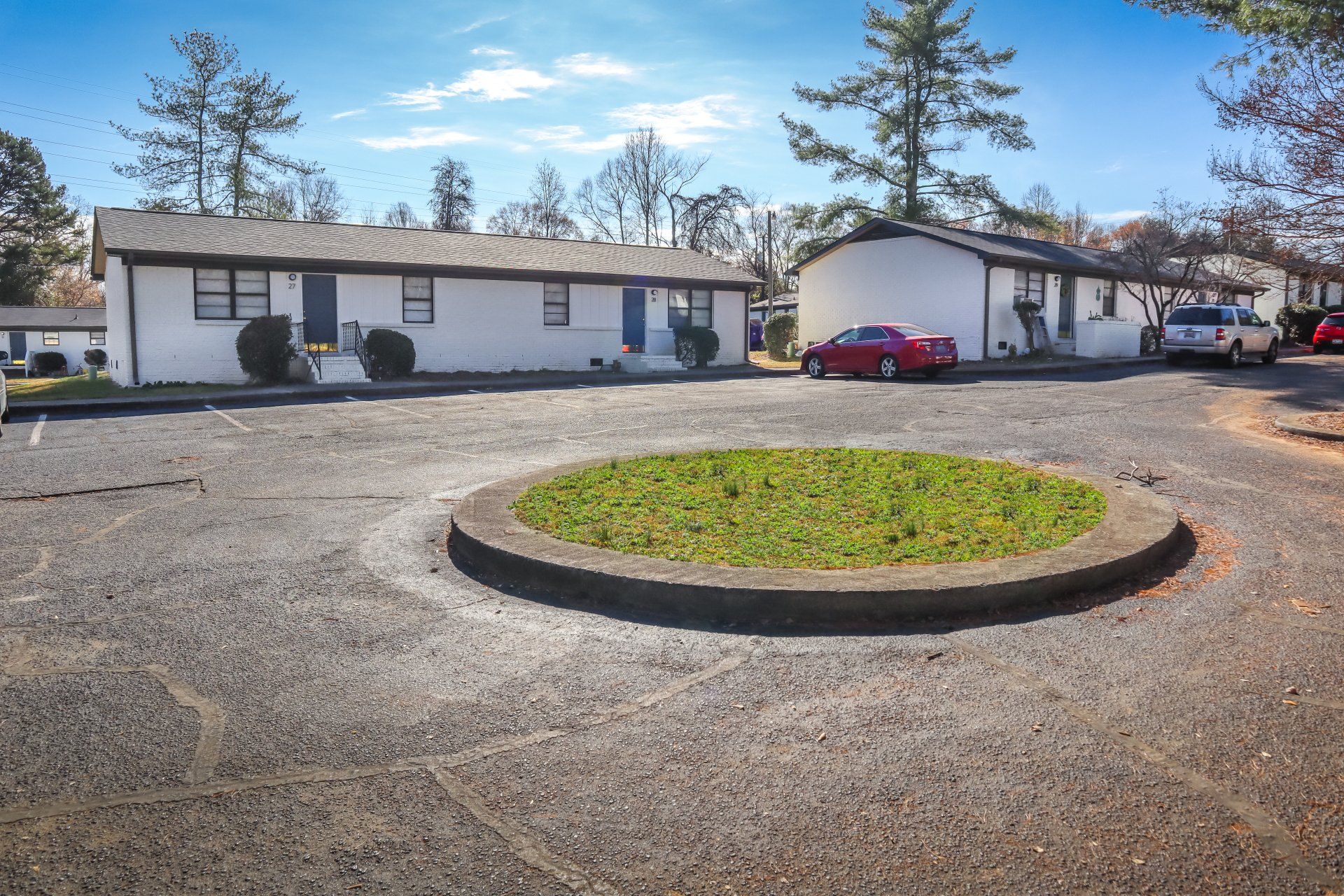CURRENT PORTFOLIO
$ 160
MILLION IN ASSETS
1450
UNITS ACROSS THE UPSTATE
24
COMMUNITIES STABILIZED
96
INVESTOR PARTNERS
OUR COMMUNITIES
We revitalize apartment complexes that have declined due to indifference by creating local partnerships with investors, lenders, non-profits, contractors, brokers and vendors that share our vision for building strong, healthy and sustainable communities.
Name
City
PRESERVATION
CASE STUDIES
Since 2017, Affordable Upstate has placed over $50MM of investor equity into socially responsible, environmentally enhanced affordable and workforce housing assets, resulting in a diverse and thriving portfolio with over 1,450 apartment units that satisfy the expectations of residents, investors, and communities.
Diversify Your Portfolio with Commercial Real Estate Investments Opportunities
Frequently Asked Questions
How does real property investment differ from other types of investments?
Real property investment, especially in affordable housing, involves purchasing physical assets like land or buildings, which can generate income through rent or appreciation over time. Unlike stocks or bonds, real property investment offers tangible assets and can provide tax advantages, steady cash flow, and potential for long-term growth, while also addressing the critical need for affordable housing.
What are the key benefits of property investment in affordable housing?
Property investment in affordable housing offers a stable income stream, lower vacancy rates, and potential tax benefits. Additionally, investing in affordable housing directly contributes to community development, supports the local economy, and helps meet the essential housing needs of low- and moderate-income families.
What should I consider when investing in an apartment investment property for affordable housing?
When investing in an apartment investment property for affordable housing, evaluate the local demand for affordable units, the property's location, and potential rental income. Consider the cost of any necessary renovations and ensure the property complies with local affordable housing regulations. It’s also essential to assess how the investment will positively impact the community.
Is it a good idea to buy a multifamily property for affordable housing?
Yes, buying a multifamily property for affordable housing can be a sound investment. Multifamily properties offer the advantage of spreading risk across multiple units, often have higher occupancy rates, and may qualify for government incentives that make the investment more attractive while addressing the urgent need for affordable housing.
What are the tax benefits of real property investment in affordable housing?
Investing in affordable housing can offer tax benefits such as deductions on mortgage interest, property taxes, and depreciation. Additionally, investors may qualify for tax credits like the Low-Income Housing Tax Credit (LIHTC), which incentivizes the development of affordable housing, further supporting the availability of affordable homes.
How does property investment in affordable housing support community growth?
Property investment in affordable housing supports community growth by providing stable, affordable homes for low- and moderate-income families. This stability leads to increased economic activity, improved local infrastructure, and a stronger, more resilient community overall, making affordable housing a cornerstone of sustainable development.
What are the risks associated with apartment investment properties in the affordable housing sector?
Risks include potential changes in government policies, unexpected maintenance costs, and fluctuations in rental demand. However, these risks can be mitigated by thorough research, strategic property selection, and taking advantage of available government programs that support affordable housing development.
How do I finance the purchase of a multifamily property for affordable housing?
Financing options for purchasing a multifamily property include traditional mortgages, FHA loans, and specialized loans for affordable housing projects. Additionally, government programs and grants may be available to assist with financing, particularly if the property is designated for affordable housing, making it easier to provide homes for those in need.
How can I assess the potential return on a real property investment in affordable housing?
Assessing the potential return involves analyzing the property's purchase price, expected rental income, operating expenses, and potential for appreciation. It’s also important to consider local market conditions and any available tax incentives that can improve profitability while fulfilling a critical social need.
Are there specific locations better suited for property investment in affordable housing?
Yes, locations with high demand for affordable housing, growing populations, and supportive local government policies are often better suited for these investments. Urban areas with a shortage of affordable housing options typically present strong opportunities for property investment that addresses both economic and social needs.
What is the difference between market-rate and affordable housing in terms of property investment?
Market-rate housing is priced based on current market conditions, while affordable housing is priced below market rates to be accessible to lower-income residents. Investments in affordable housing may offer lower immediate returns but provide stability, lower vacancy rates, and potential tax benefits while making a positive social impact.
What should I look for when buying a multifamily property for affordable housing?
When buying a multifamily property for affordable housing, consider factors such as the condition of the property, location, existing occupancy rates, and local demand for affordable units. It's also important to evaluate potential renovation costs and ensure the property complies with local affordable housing guidelines to maximize both financial and social returns.
How does real property investment in affordable housing impact the broader real estate market?
Real property investment in affordable housing can stabilize neighborhoods, reduce homelessness, and provide economic opportunities. It can also increase the overall housing supply, which can help moderate housing prices, support a more balanced real estate market, and foster long-term community resilience.
What are the long-term benefits of investing in property for affordable housing?
Long-term benefits include steady rental income, potential appreciation in property value, and ongoing demand due to the persistent need for affordable housing. Additionally, investors contribute to social good by providing essential housing and may enjoy reputational benefits as responsible investors committed to community well-being.
What are the common challenges in managing an apartment investment property for affordable housing?
Common challenges include maintaining affordability while covering operational costs, navigating government regulations, and addressing tenant needs. Effective property management, leveraging tax incentives, and working with experienced affordable housing consultants can help overcome these challenges and ensure long-term success.
How does buying a multifamily property for affordable housing align with social impact goals?
Buying a multifamily property for affordable housing aligns with social impact goals by providing safe, stable, and affordable homes for individuals and families in need. This type of investment supports community well-being, reduces housing inequality, and can contribute to broader social and economic development, making it a vital component of responsible investment strategies.
MISSION
Our mission is to modernize and preserve naturally occurring affordable housing in the Upstate of South Carolina by investing in communities that are as equally fulfilling for our residents as they are strategic for our investors.
